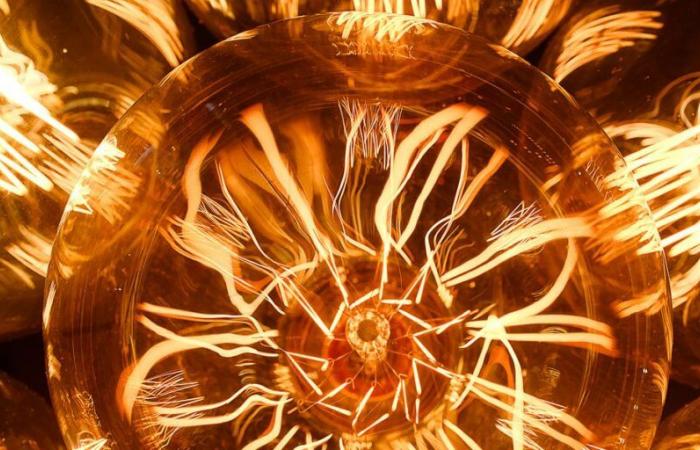
Today we would call them patented mixtures. But at the end of the 16th and early seventeenth century, some alchemists called “secrets” the medications they prepared in their laboratories. And thanks to a study published in Heritage Sciencenow we know something more about the secrets of a particular alchemist.
It turns out that Tycho Brahe, known above all for his astronomy studies, had his own laboratory in the basement to mix medicines, including some specific elements.
The famous Observatory of Brahe, located in its castle in Uraniborg, on the island of Ven, in the current Sweden, was dismantled after his death in 1601. However, recently, a team of researchers from the University of Southern Denmark and the National Museum of Denmark has analyzed five fragments rescued from what would have been the old garden of the place between 1988 and 1990. It is believed that they basement.
The authors examined cross sections of the fragments in search of 31 trace elements by mass spectrometry, turning the sample molecules into loaded ions. Although there were many of the expected elements in the fragments (four of which were made of glass and one of ceramics), such as nickel, copper, zinc, tin, antimony, gold, mercury and lead, there was a finding that surprised the experts: the Wolframium.
“The Wolframio is very mysterious,” says Kaare Lond Rasmussen, an archeometry expert at the University of Southern Denmark. “The Wolframium had not even been described at that time, so what can we deduce from its presence in a fragment of the Tycho Brahe alchemical workshop?”
It is a question that does not have a clear answer. According to Rasmussen, although Wolframium is naturally found in certain minerals and could have reached the Brahest laboratory, there is another plausible theory: Brahe had a secret substance that helped him create his medicines for the European elite.
The Tungsten, which was not classified as an element until the 1780s, probably appeared for the first time in German chemistry as “Wolframio”, and it was known that Brahe’s medicine had German influence. “Maybe Tycho Brahe had heard of this and, therefore, knew the existence of the Wolframio,” Rasmussen speculated. “But this is not something we know or can affirm based on the analyzes I have performed. It is simply a possible theoretical explanation of why we find Wolframio in the samples.”
“The most intriguing are the elements found in higher concentrations than expected,” said Rasmussen, “which indicates enrichment and provides information about the substances used in the Alchemical Laboratory of Tycho Brahe.”
The medication creation business was secret. Brahe, like others of the time, did not share the composition of the recipes. Brahe was known for his medicine against the plague, a very complicated remedy to create that he could have up to 60 ingredients, from snake meat and opium to copper, oils and herbs. Could the resulting medication have also included Wolframio as part of the final product?
“It may seem strange that Tycho Brahe dedicated himself to both astronomy and alchemy, but when his vision of the world is understood, it makes sense,” Poul Grinder-Hansen, principal and conservative researcher of the National Museum of Denmark, says in a statement. “I thought there were obvious connections between celestial bodies, primary substances and body organs.”
The alchemists (including Brahe) often used gold and mercury in medicines, and it was common for elements of the earth to properties of space and the human body. And there is a whole list of connections of this type. The silver related to the moon and the brain, while gold did it with the sun and heart. Jupiter and the liver were connected through tin, venus and copper through the kidneys, Saturn and the spleen through lead, Mars and gallbladder through iron, and mercury and lungs through (of course) of mercury. In this sense, gold was a usual ingredient in the medications of the time, including those that Brahe took.
However, it is not clear where the wolframium fits into the mixture. Until now, it is still a secret.
Tim Newcomb is a journalist who lives in the northwest of the Pacific. It covers stadiums, shoes, equipment, infrastructure and more for a variety of publications, including popular mechanics. His favorite interviews include meetings with Roger Federer in Switzerland, Kobe Bryant in Los Angeles and Tinker Hatfield in Portland.





